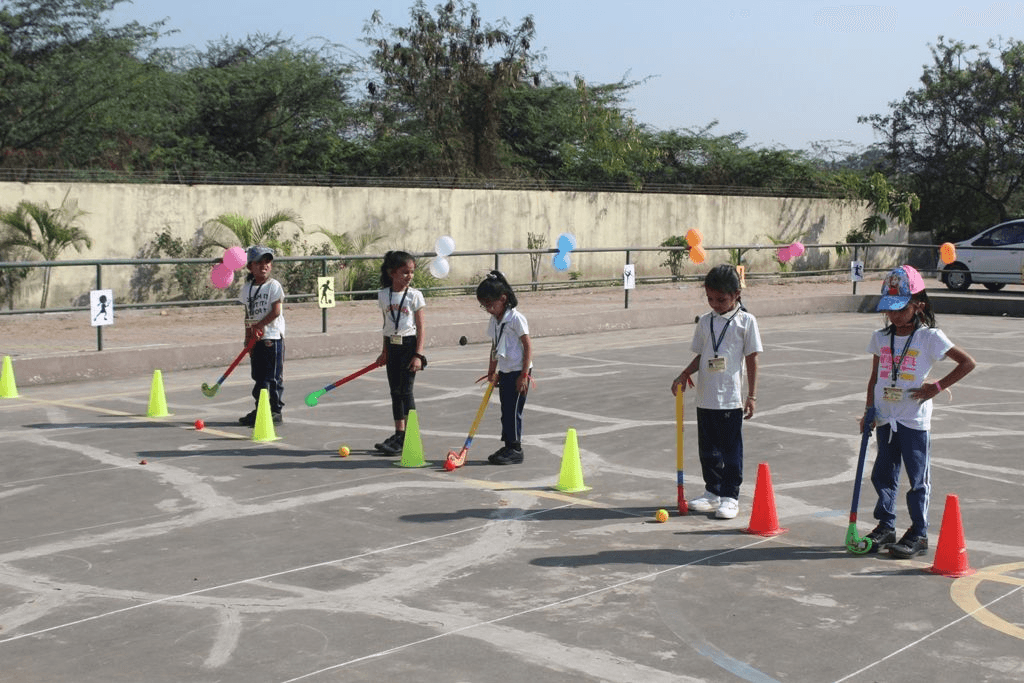How Preparatory Schools in India Are Nurturing Future-Ready Learners
In today’s fast-evolving world, education isn’t just about scoring high marks—it’s about preparing students to thrive in life. Preparatory schools and progressive schools in India are rising to the challenge by reimagining how students learn, think, and grow.
Let’s explore how the top CBSE schools in India are building future-ready learners through innovation, empathy, and academic excellence.
What Sets Preparatory Schools Apart?
Preparatory schools in India go beyond conventional schooling. Their focus is not just on syllabus completion but on shaping adaptable, confident, and capable individuals. Here’s how they do it:
- Innovative Teaching Methods
Project-Based Learning: Instead of rote learning, students engage in real-world problems - researching, collaborating, and presenting their findings.
Experiential Education: Learning by doing through experiments, field trips, and simulations is core to these schools’ approach.
Flipped Classrooms: Students explore topics at home and discuss concepts in class, promoting active learning.
At SSRVM, students explore subjects through theme-based learning, integrating art, science, and social studies into projects they lead and own.
- Future-Ready Curriculum Design
Integrated Learning: Subjects are no longer taught in isolation. For instance, a science topic may involve art, data analysis, and ethical discussions.
Global Perspectives: Students are exposed to international events and cultural studies to nurture global citizenship.
Skill-Based Modules: Coding, robotics, financial literacy, and entrepreneurship are common additions in many progressive schools in India.
- The Role of Technology in Learning
Smart Classrooms: Interactive boards, AR/VR tools, and AI-based platforms help bring abstract concepts to life.
Learning Analytics: Teachers use digital tools to track student progress and personalize instruction.
Blended Learning: A mix of online and offline teaching methods caters to different learning styles and speeds.
Beyond Academics: Building the Whole Child
- Focus on Soft Skills and Emotional Intelligence
Communication, Collaboration, Creativity: These are as important as academic scores.
Mindfulness and SEL: Programs on mindfulness, conflict resolution, and emotional self-regulation are part of daily schedules in schools like SSRVM.
- Personalized Learning Pathways
Adaptive Curriculum: Students can choose electives or skill tracks that match their interests and aptitude.
Mentorship Programs: Teacher mentors guide students in academic planning, career exploration, and emotional wellbeing.
Individual Learning Plans: Tailored strategies support students at different achievement levels, ensuring no one gets left behind.
- Character Building Through Extracurriculars
Clubs and Societies: From debating to coding, music to entrepreneurship, extracurriculars foster leadership and creativity.
Service Learning: Students participate in community projects, learning compassion and social responsibility.
Sports and Wellbeing: Physical education, yoga, and nutrition awareness are integral to the holistic development approach.
- Strong Teacher-Student Relationships
Mentorship Culture: Teachers are trained to nurture not just instruct students, building trust and emotional safety.
Regular Feedback Loops: Constructive, ongoing feedback replaces one-time assessments, helping students improve continuously.
Parent Partnerships: Regular interactions with parents create a support triangle between student, school, and home essential for success.
Why Progressive Schools in India Are the Future
The education landscape is shifting, and progressive schools in India are leading the way. Whether it’s embracing cutting-edge technology, adopting inclusive teaching strategies, or emphasizing life skills, these schools are creating learning ecosystems that prepare children for an uncertain yet exciting future.
Parents and educators alike are realizing that the top CBSE schools in India are not those with the highest board scores alone but those where children feel heard, supported, and challenged.
FAQs
Q1: What is the difference between preparatory schools and regular schools in India?
A: Preparatory schools focus on holistic development, critical thinking, and future readiness, while regular schools often emphasize traditional academics and exam preparation.
Q2: Are preparatory schools affiliated with CBSE or international boards?
A: Many preparatory schools are among the top CBSE schools in India, while others are affiliated with ICSE or international boards like IB or Cambridge.
Q3: How do preparatory schools personalize learning for students?
A: Through flexible curricula, mentorship, and adaptive learning technologies, students receive guidance and instruction tailored to their individual needs.
Q4: What role do extracurricular activities play in student development?
A: Extracurriculars build confidence, leadership, and social skills, and allow students to explore interests beyond academics.
Q5: How can I find the right preparatory school for my child?
A: Look for schools with strong academic performance, emphasis on values and soft skills, a nurturing environment, and a curriculum that integrates technology and experiential learning.
Conclusions
The journey to a future-ready education begins early. By choosing the right preparatory school, parents are investing in more than just academics; they're investing in adaptable, ethical, and lifelong learners. With institutions like SSRVM leading the way, the future of education in India is not just promising it’s already here.

